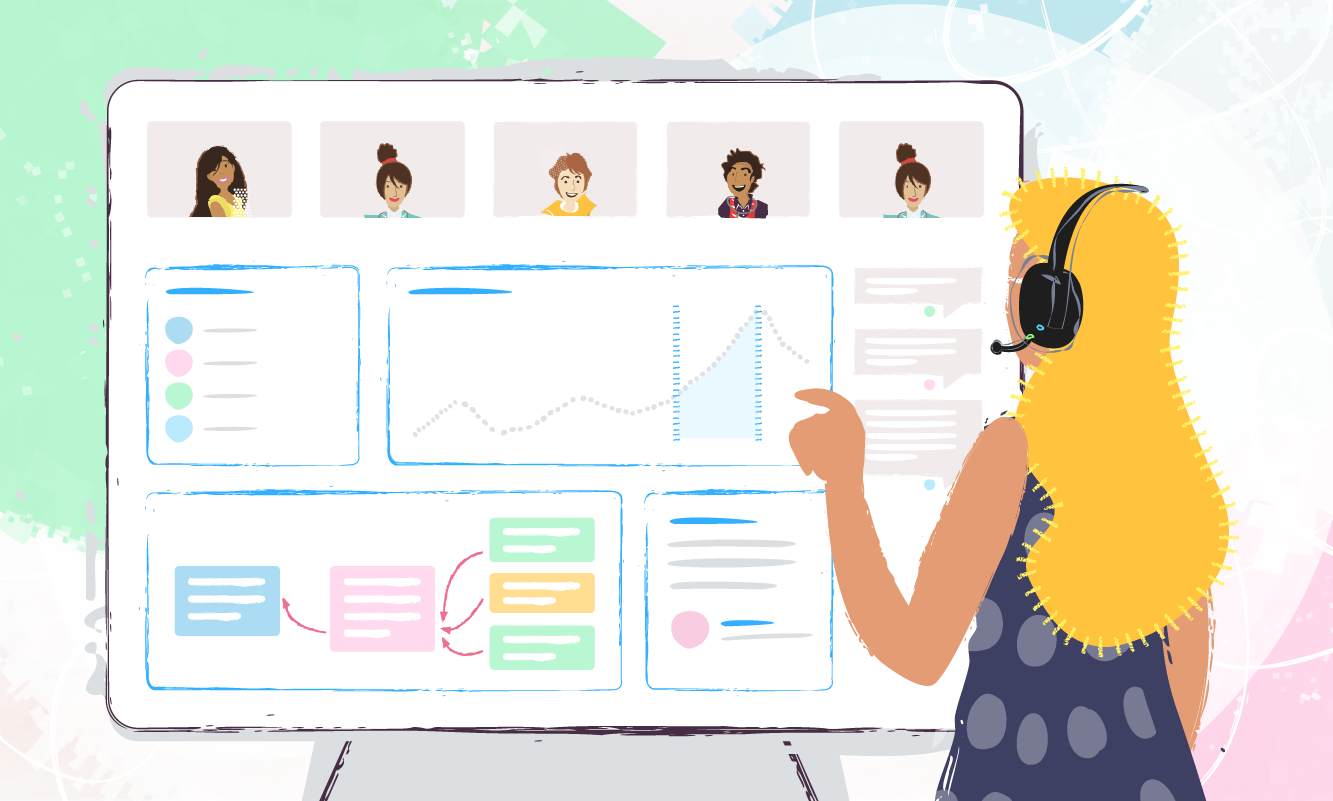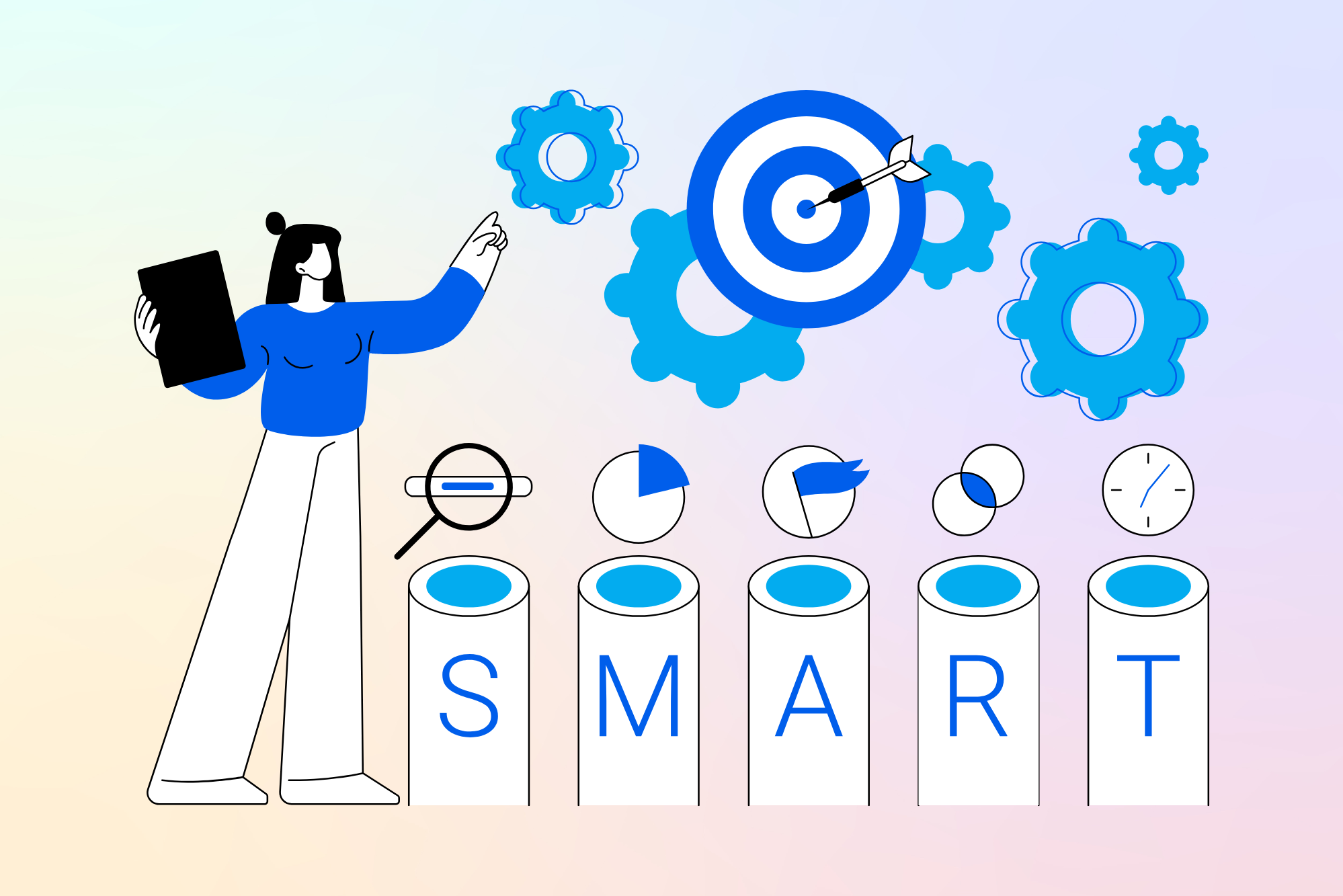Start improving with Life QI today
Full access to all Life QI features and a support team excited to help you. Quality improvement has never been easier.

Organisation already using Life QI?
Sign-up

As virtual training is quickly overtaking face to face training, organisations are looking for interactive and new ways of delivering the sessions. The fear of many coaches is delivering a session without enough participant interaction and it falling short of delivering the learning objectives.
Life QI is a great aid in delivering your virtual QI training to ensure active participant interaction as well as helping teach the basics of QI. Set out below are a few ways that Life QI could be brought into your virtual training sessions.
Whether participants are learning the basics of QI tools or learning how to run a project together, they will inevitably need to learn how to use a range of QI tools, as well as the theory behind them. With a range of QI tools embedded in Life QI it is perfect for allowing participants to experiment with driver diagrams, SPC charts, or PDSA cycles. They can build their own or work together.
Given the virtual nature of the training, participants can instantly share what they have created with other participants and faculty, simply by clicking save on their driver diagram or SPC chart. Not only does this facilitate sharing in a virtual way but does so instantly (saving any hassle of files and emails) so the feedback loop can be near instant.
The standard project set up in Life QI follows the Model for Improvement (MFI). This framework provides a systematic way of running a QI project and enables you to develop, test and implement your changes to drive and accelerate continuous improvement.
Using Life QI live in a training session will help put shape and understanding around the 3 key questions that are asked to test out ideas within the MFI:
Not every training session is about methods and tools. When it comes to learning best practices, what better way than to share carefully curated examples of best practice. This may be great examples of a whole project, what an effective driver diagram looks like, how to set control limits on a chart, or even subject specific content like best practice driver diagrams for Joy in Work projects for example.
By adding your best practice content to Life QI in the form of projects and tools you can share with all your participants. Plus, as soon as you refine that best practice chart, they instantly have access to the latest learning material.
Life QI is designed as a workspace for teams to come together and run their projects. There are many aspects of Life QI that encourage whole team participation which will lead to better team collaboration and ultimately better project results. This also applied to collaboration amongst a cohort of learners.
The key to enabling peer-to-peer interaction within a training cohort on Life QI is a Group. A cohort group provides a space to bring all the participants and their work together. If they are all running projects, they will be able to access each other’s projects from the group page. The group page also allows them and you to run discussions and share documents with each other.
As well as facilitating peer-to-peer collaboration, these aspects of Life QI also provide benefits for those running the training programme. The group space allows you to access all the participants projects, the discussions allow you to communicate with everyone, and the documents area allows you to easily share resources with everyone.
Furthermore, when it comes to monitoring progress, your analytics dashboard will give you real-time information on the activity and impact within each project. Your dashboard can provide both high level metrics, like how many projects are running, as well as more granular detail on each project, such as how many PDSA cycles have been created on what the latest status update is. With all of this information at your fingertips the traditional reporting cycles, where each participant has to write up what they have been doing, can become a thing of the past.
Encouraging participants to present their projects to the others within your training session can be a really powerful teaching tool, there are a number of different things that teams can share and collaborate on:
Not only is Life QI a great tool to use during your virtual training you’re also able to easily track progress and carrying on the coaching after the training session has ended.
By using the project timeline you’re able to review the automatically generated thread of key actions to track progress of the project after the training session has taken place. You can easily review when measures and PDSAs are created, if any status updates have been added and when the progress score has been changed.
After reviewing the progress, you are able to chat with the teams using the discussion area and the notify project team function ensuring all comms are kept together and within the project.
Not only are you able to track the progress of individual projects you can also review multiple projects at once. Using the filtering tool on projects lists, groups and analytics dashboards you’re able to quickly and easily access the information you need and will provide powerful insights.
Life QI can be a real asset when running your virtual QI training not only enabling more interactive teaching but by assisting you in teaching the basics of QI and having the tools readily and easily accessible. If you want the session to be fun, informative, and interactive try out some of the techniques highlighted above – it’s sure to be a real hit with your participants!
Full access to all Life QI features and a support team excited to help you. Quality improvement has never been easier.

Organisation already using Life QI?
Sign-up


.png)


